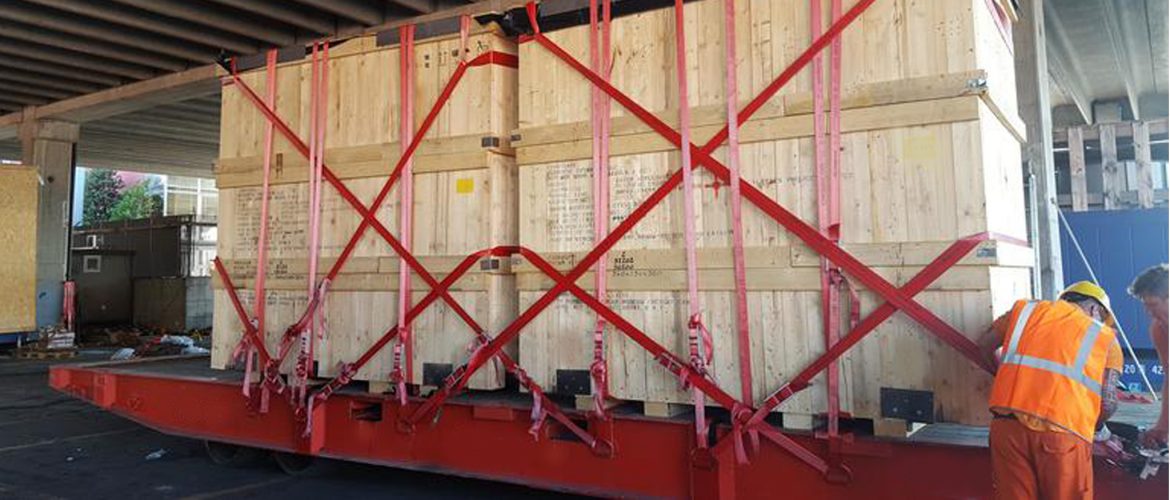There are six degrees of motion that a sailing ship experiences: surge, sway, heave, roll, pitch,
and yaw. The ship also bends and twists with incoming waves. The movement of hatch covers is
relative to the hatch openings. The container stacks also move with clearances in the lashing
equipment. The only way to resist these movements and attempts and maintain the containers
on board is a good lashing system.
The strength of a good lashing system is highlighted during bad weather. Any container loss due
to a bad lashing system can cause concern. Not only does such loss increase cargo claims but
the floating containers can also prove to be hazardous. It is, therefore, important to have a
secure system in place. The ship must be strong enough to lift containers and the lashing
systems must be in good order.
The following guidelines can help and prove beneficial in understanding how losses can be
minimized.
Containership cargo securing devices contain fixed fittings such as stacking cones, foundations,
deck foundations, lashing plates, lashing eyes, lashing pots, and d-rings. These are integrated
into the hull structure or fitted on double bottom or hatch covers. Loose fittings comprise
twistlocks, stackers, bridge fittings, tension/pressure elements, spanners, lashing rods and
turnbuckles.
Containers of different heights are secured using open turnbuckles combined with multi knob
rods — one rod length. The turnbuckle is also equipped with a slide nut to aid rapid adjustment
and safe connection. It is important to inspect and maintain cargo securing devices regularly.
This includes a routine examination of components being utilized, lubrication of securing
devices, repair of damaged securing devices, and removing unusable securing devices. One
must also keep some additional portable securing devices on board.
Following all the above-mentioned guidelines will not only ensure safe shipping and lashing but
also, avoid any resultant losses.

